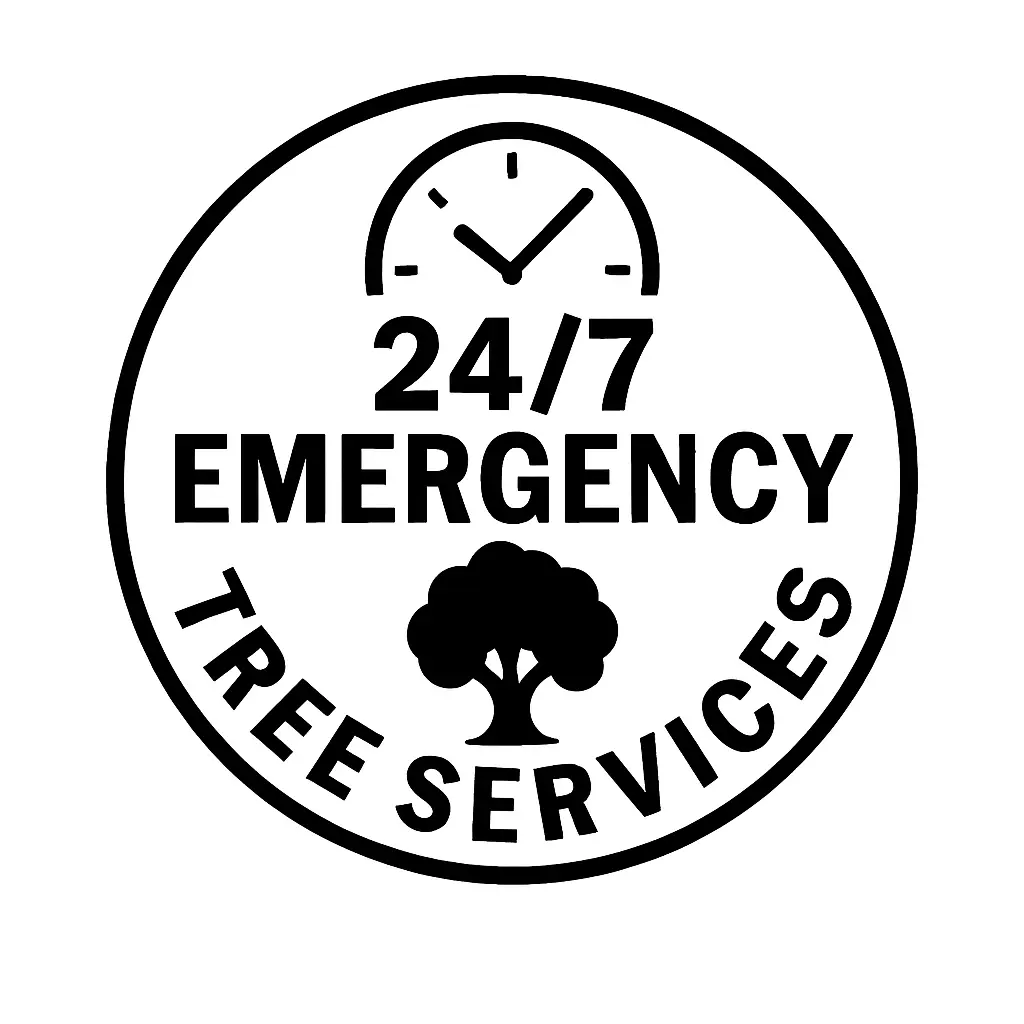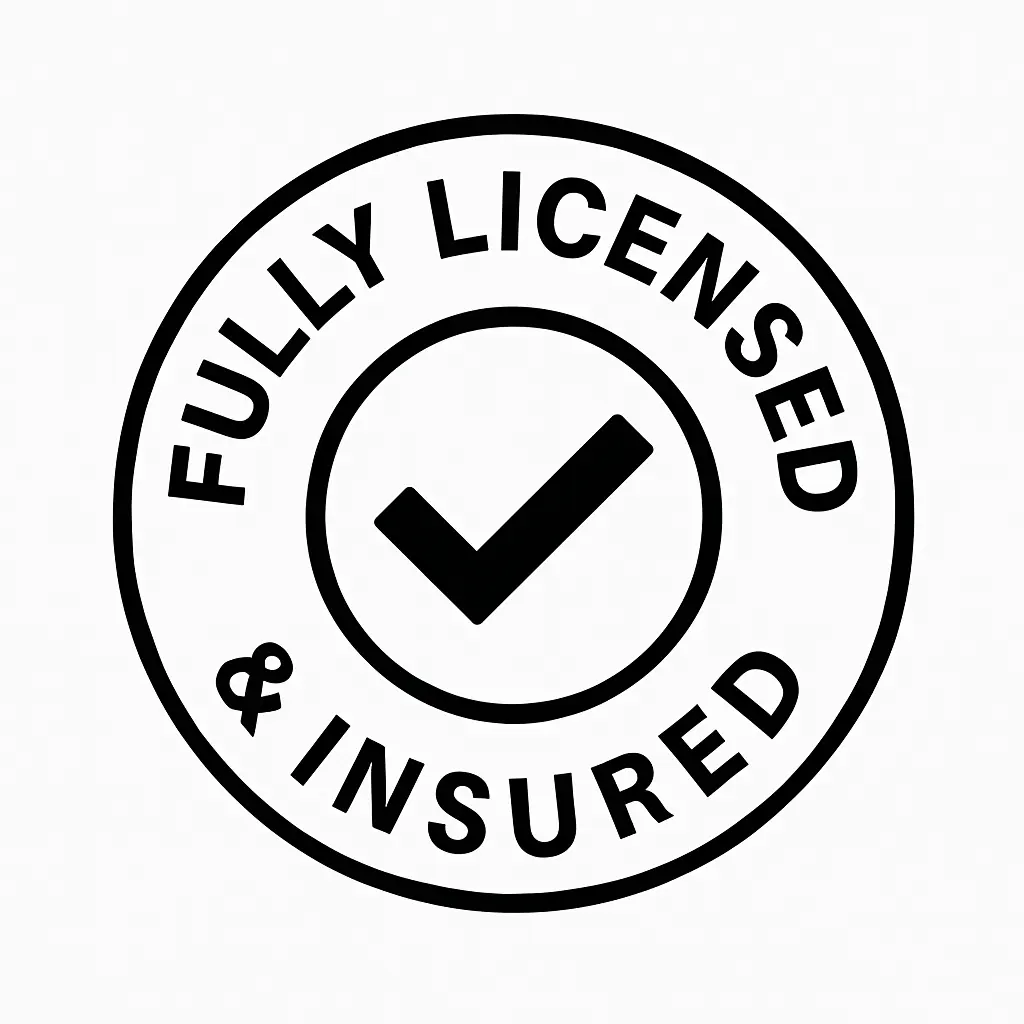
The American elm once held a prominent place among the many tree species that grace our streets and parks. These majestic trees, with their graceful arching branches and towering canopies, were once a common sight throughout the city. However, a silent threat known as Dutch Elm Disease (DED) has decimated elm populations worldwide, and NYC has not been spared.
What is Dutch Elm Disease?
Dutch Elm is a devastating fungal disease caused by Ophiostoma novo-ulmi. It spreads from elm bark beetles, carrying fungal spores from infected trees to healthy ones. Once inside, DED disrupts the flow of water and nutrients, leading to wilting, yellowing leaves, and, eventually, the tree’s death.
The disease spreads rapidly, especially in densely populated areas like NYC, where elm trees often grow close together. The fungus can also spread through interconnected roots, making it difficult to control once an outbreak occurs.
Dutch Elm Disease Symptoms
- Yellowing and wilting leaves: Leaves on infected branches will turn yellow and wilt, often during the summer months.
- Curling branches: As the disease progresses, branches may curl and droop downwards.
- Canopy thinning: The overall foliage of the tree will start to thin out as more branches become infected.
- Brown streaks in the wood: If you cut into an infected branch, you may see brown streaks or discoloration in the wood.
If you notice any of these signs in your elm trees, it’s important to contact a tree care professional immediately for diagnosis and treatment options.
Protecting and Treating Your Elm Trees
- Plant-resistant varieties: Choose elm varieties bred for resistance to DED.
- Maintain tree health: Proper watering, fertilization, and pruning.
- Remove infected trees: If a tree is diagnosed with DED, it should be removed promptly to prevent the spread of the disease.
- Sanitation: Dispose of infected wood properly to avoid spreading the fungus.
Remember, early detection is key. The sooner you identify and address DED, the better the chances of saving your elm trees.
Owens Brothers Tree Service: Your DED Experts
At Owens Brothers Tree Service, we understand the importance of preserving NYC’s urban forest. Our team of arborists has extensive experience in diagnosing and treating DED. We offer comprehensive tree care services in the Bronx and Manhattan, including tree health assessments, disease management, and tree removal.
If you’re concerned about the health of your elm trees, contact us today for a free consultation. Our tree experts can help identify the signs of DED, recommend preventative measures, and provide effective treatment options to protect your trees.





